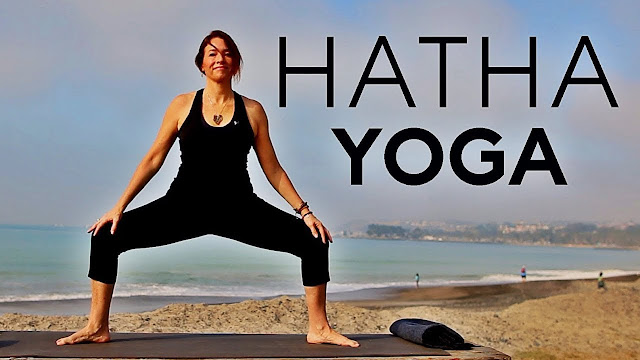Yoga Poses for Vagus Nerve Stimulation
Vagus nerve is the longest of the twelve cranical nerves. It has been singularly identified as the most important nerve of the body which connects brain to the gut and passes through all important organs of the body. Due to this, maintaining a good health of this nerve holds special importance. A healthy vagus nerve directly affects the functioning of the vital organs of the body which, in turn, affects our overall health and well-being.
Vagus nerve runs from the brainstem, face, neck, thorax, heart, gastro-intestinal tract, bladder and then finally branches out to the pelvic base region of the body. In order to maintain its health, it needs to be exercised (also called stimulation) in the right manner. This keeps its vitality.
Vagus nerve stimulation can be done in two different ways-
a) Electo-mechanical device implant through surgery.
b) Natural ways- Use of yoga asanas, pranayama breathing techniques, meditation, massages, mantras and certain other methods.
While surgery is the modern means of stimulating it, the natural ways are age old and these shall be tried ahead of the surgery method.
Yoga for Vagus Nerve Stimulation
One of the natural methods of vagus nerve stimulation is by using yoga. By performing certain yoga poses, this nerve can be stimulated suitably. Selection of these asanas depends on where the vagus nerve reaches out. As is known, it passes through face, neck, lungs, heart, intestines, bladder and then the pelvic part, the vagus nerve stimulation yoga done for these parts of the body also help in stimulating the body.
Typically, these exercises can be categorized as-
a) Inverted Poses: Head-stand and Shoulder-stand are two such exercises which regulate the blood pressure using gravity. If these can not be performed, then partial inverted poses such as Viparita Karani (Legs up with support of wall) and Setu Bandha Sarvangasana (Supported Bridge Pose) can also be done.
b) Asana Sequence Flow: The flows of asanas or poses in a sequence while doing the Sun Salutation (Surya Namaskar) is another way to improve the vagal tone of the vagus nerve.
c) Back bending postures: Poses which involve gentle or complete bending of the back also invigorate the vagus nerve. These remove dullness and lethargy and fills one with energy. These are stretch poses essentially but also require balance and strength. An example of such a pose is the Tadasana in which the arms are stretched overhead and back is bent backwards a little. Halasana (Plough Pose) is another such pose.
d) Asanas involving compression: Some yoga practices, such as Nauli, help in exercising the stomach and intestine. This involves exhaling the breath completely and then pulling the stomach inwards and rotating it from side to side. This causes compression of the organs present in abdomen area and massages these. This also helps in stimulating the vagas nerve.
These asanas are good for vagal nerve stimulation and leading a healthy life.




Comments
Post a Comment